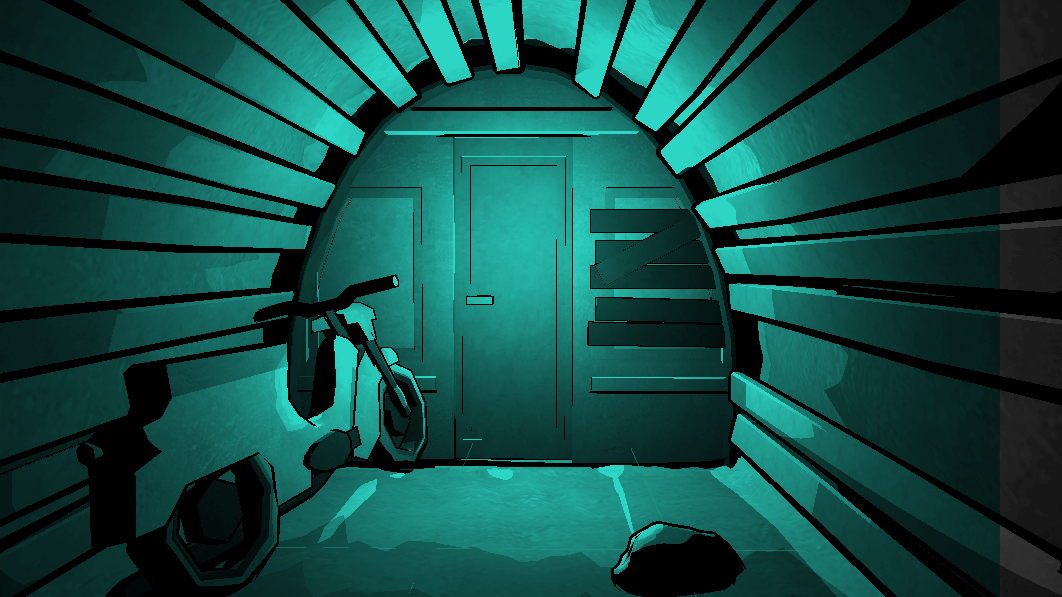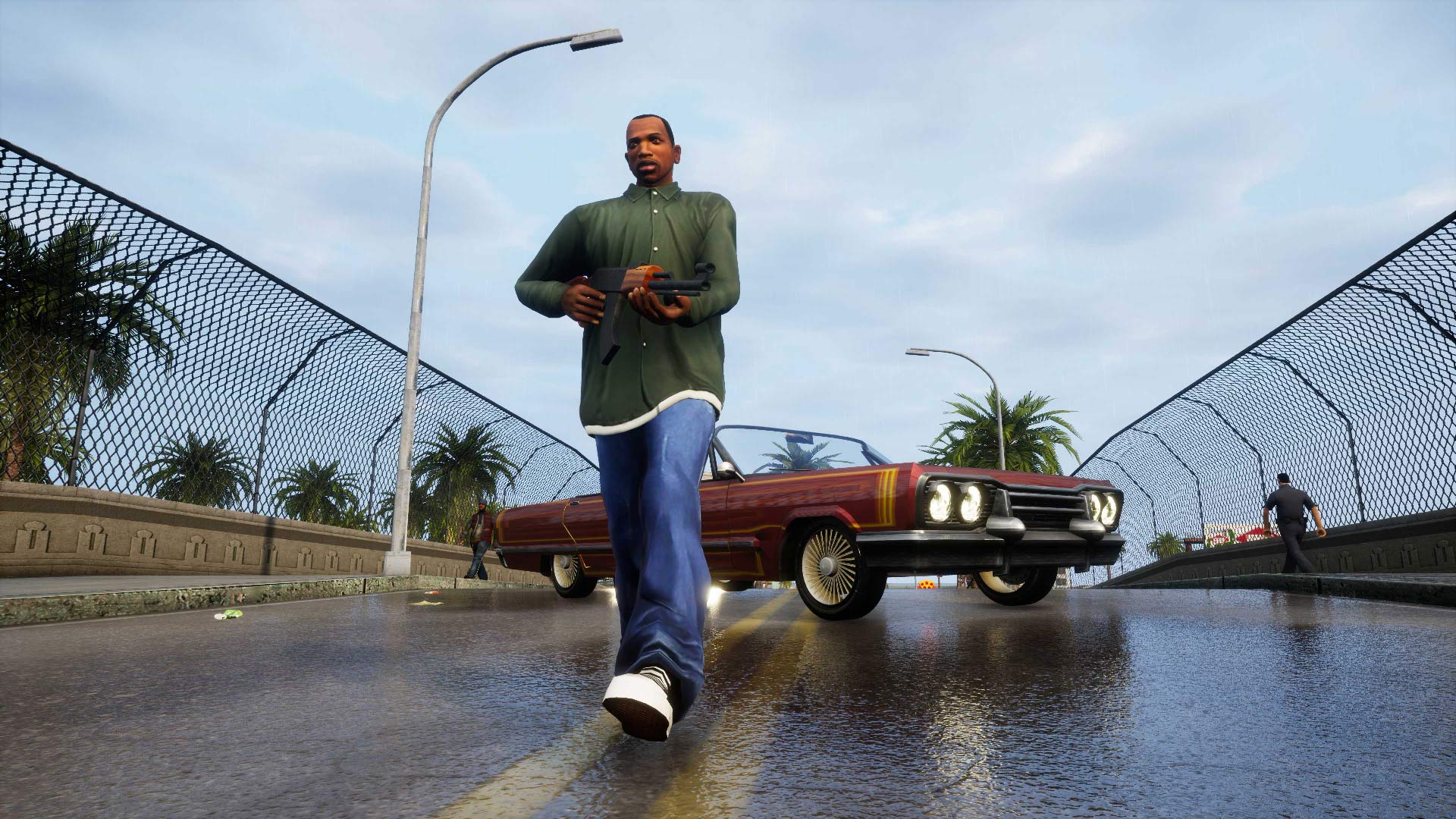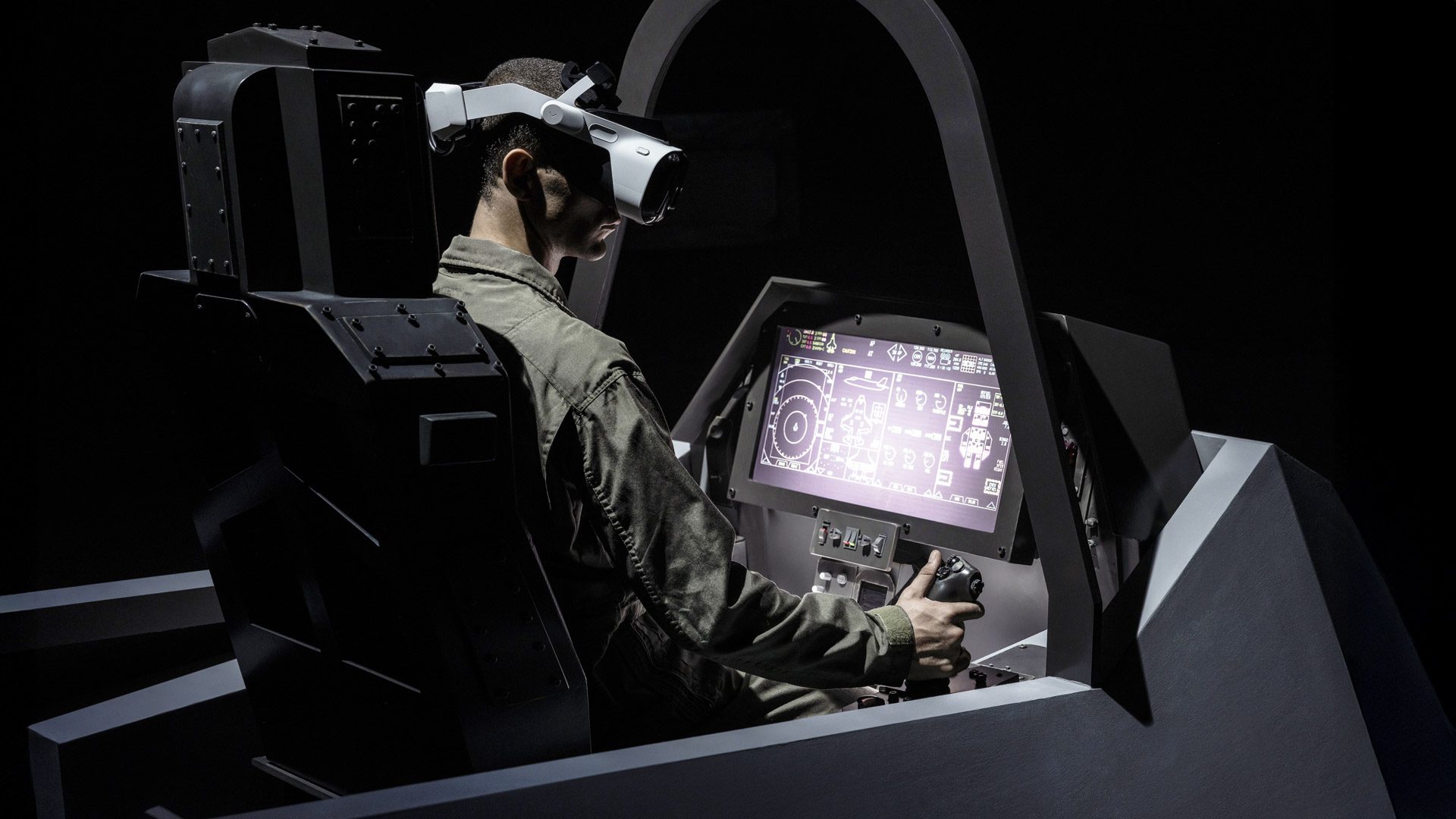Today, Bigscreen unveiled its cutting-edge Beyond PC VR headset, taking a major leap forward in enhancing the field-of-view (FOV) and clarity. This is largely due to the introduction of advanced pancake lenses. Additionally, Bigscreen is making this sleek, lightweight headset more appealing to both home users and businesses by incorporating an adjustable interpupillary distance (IPD) and a universal Lightseal facial interface.
Bigscreen plans to release two versions of the new headset: the Beyond 2 and the Beyond 2e. Contrary to Apple’s recent ‘e’ branding with the iPhone 16e, the ‘e’ in Beyond 2e stands for the headset’s eye-tracking feature.
Everything that’s in the Beyond 2 can be found in the Beyond 2e, plus a compact eye-tracking suite. This suite is equipped with AI-powered computer vision, enabling low-latency, privacy-enhanced tracking. It’s integrated with platforms like SteamVR, OpenXR, and VRChat, with a beta program expected to start in the summer of 2025.
The headsets are priced at $1,019 for the Beyond 2 and $1,219 for the Beyond 2e. There’s a discount offered to existing Beyond owners, which reduces the prices to $849 and $1049, respectively.
The initial shipments are set to roll out in April, with an optional halo-style strap mount anticipated for release in the third quarter of 2025. Both models of the Beyond 2 will be offered in three colors: Carbon Black, Crystal Clear, and Nuclear Orange.
Like its predecessor, the Beyond 2 uses the SteamVR tracking standard, compatible with SteamVR 1.0 and 2.0 base stations, along with an array of SteamVR accessories. This includes body trackers and controllers, such as Valve’s Index controllers.
To use the Bigscreen Beyond 2, you’ll need a VR-ready PC along with the necessary base stations. Check here to see if your system is prepared.
Although Beyond 2 doesn’t offer a resolution upgrade, as it maintains the same dual 1-inch 2,560 × 2,560 micro-OLED displays as the original 2023 model, it excels with the addition of new pancake lenses. These lenses expand the FOV to an impressive 116-degree diagonal, up from the original’s 102-degree.
Furthermore, it’s lighter, shedding 16% of its previous weight, now coming in at just 107 grams. This makes it significantly lighter than standalone headsets like the Meta Quest 3 at 515g, or Apple Vision Pro at 650g, and even among the lightest in its category, like the MaganeX superlight 8K, which is 179g.
Despite the unchanged displays, Bigscreen notes improvements in brightness and significant glare reduction. The redesigned pancake lenses boast "dramatic improvements over Beyond 1, with complete edge-to-edge clarity and a notably large sweet spot," according to the company.
Another highlight of Beyond 2 is the new adjustable IPD feature, which can be fine-tuned using an included tool. Clear markings inside the headset allow users to see the current IPD setting, making it easy to adjust each lens for optimal viewing clarity.
Bigscreen describes this adjustable IPD system as "a major leap forward" compared to the fixed IPD setup of Beyond 1. Previously, users had to select from 18 sizes and scan their faces with an iPhone to get the perfect custom fit.
Accessory-wise, Beyond 2 is compatible with the same custom-fit cushions as Beyond 1 but now includes a universal Lightseal interface. This makes the Beyond 2 more appealing for home users sharing devices and enterprise users alike.
On top of that, most accessories from the original Beyond will work with Beyond 2, such as its five-meter fiber optic cable, link box, Audio Strap, and soft strap. It’s worth noting that prescription lens inserts made before 2025 will fit Beyond 2 but not Beyond 2e. However, inserts manufactured from 2025 onwards will be compatible with all iterations: Beyond 1, 2, and 2e.
The headset comes with a soft strap, but Bigscreen is also introducing a halo-style mount, inspired by night vision goggles, launching in Q3 2025.
This halo mount features customizable tilt and eye relief options and can be configured with the headset’s Lightseal, original custom facial interfaces, or even without a facial interface altogether.
As a mount rather than a complete strap unit, it is versatile enough to be used with various strap options, including the accompanying soft strap, Bigscreen’s Audio Strap, as well as third-party alternatives. Though pricing details are still under wraps, more information is expected near its Q3 2025 release.
Bigscreen Beyond 2 is open for orders on its website, with products shipping from their Los Angeles factory to customers in the US, Canada, Japan, the UK, Europe, New Zealand, and Australia. The company also plans to expand into South Korea, Mexico, Israel, and the UAE later this year.
Specifications
- Field of View: 116° diagonal
- Weight: 107 grams
- IPD: Adjustable, 48mm to 75mm (55mm to 70mm physically)
- Resolution: 2,560 × 2,560 per-eye
- Refresh Rate: 90Hz, 75Hz
- 6DOF Tracking: SteamVR tracking
- Tracking Requirements: SteamVR 1.0 and 2.0 Base Stations (not included)
- Eye Tracking: Yes, on Beyond 2e
- Full-body Tracking: Compatible with SteamVR trackers such as HTC Vive Trackers, Tundra Trackers (not included)
- Controllers: Compatible with SteamVR controllers such as Valve Index Controllers (not included)
PC Requirements
- Audio Input: Dual microphone array
- Audio Output: Built-in on-ear speakers with the Audio Strap (not included)
- Accessory Ports: 1 × USB-C
- Cable: 5-meter fiber optic cable
- GPU: Nvidia RTX 2070 or AMD RX 5700 XT or newer (DisplayPort 1.4 and DSC required)
- CPU: Quad-core Intel or AMD
- Ports: 1 × DisplayPort 1.4, 2 × USB 3.0 ports
- OS: Windows 10 or Windows 11













































